The London legal pay wars are not restricted to trainee City solicitors and NQs.

Competition to attract the cream of each year’s cohort of aspiring barristers has also resulted in commercial chambers boosting pupillage awards dramatically.
Earlier this month, Blackstone Chambers – a behemoth set in London’s Temple and known for acting for the government in high-profile judicial reviews – increased its pupillage award by a whopping 20%, from £75,000 to £90,000.
The rise came after two other sets – One Essex Court and Fountain Court – increased their pupillage awards from £80,000 to £90,000 in December for those starting in October 2026.
They still trail the renowned consumer law and finance set, Gough Square Chambers, and Gray’s Inn Tax Chambers, which both offer £100,000 – a sum just £5,000 less than the starting salary of an NHS consultant and almost £9,000 more than the basic salary of an MP.
The two pupils taken on at the former set will also be able to earn extra cash during their second six months of training by taking instructions of their own.
With the 6 February deadline for applying for pupillages through the Bar Council’s pupillage gateway looming, other sets, including Atkin, Gatehouse, Henderson and Keating chambers, pay £85,000. Brick Court, Essex Court, Hailsham Chambers, Radcliffe Chambers and 4 Stone Buildings offer £80,000.
These are eye-watering sums for unqualified individuals completing compulsory 12-month apprenticeship-style training, during which they can only observe, research and draft documents for their supervisors. Indeed, they top paypackets offered to trainee solicitors by the top-paying law firms.
Read more
Recruits at the London office of the US firm Davis Polk top the solicitor chart, with the firm paying its first-year trainees £65,000, rising to £70,000 in their second year.
Other US firms in the City, such as Paul Hastings, White & Case, Akin, Gibson Dunn, Jones Day and Kirkland & Ellis, pay trainees between £65,000 and £67,000.
On qualification, salary inflation among London’s junior solicitors is again led by the US law firms, with Gibson Dunn and Paul Weiss coughing up £180,000 and new recruits at Davis Polk earning £170,000.
All five of London’s elite home-grown magic circle law firms – A&O Shearman, Clifford Chance, Freshfields, Linklaters and Slaughter and May – pay their newbies £150,000.
When – and if – the bubble bursts depends on how long clients are willing to foot the rapidly escalating bill for junior lawyers. But with US litigation culture taking hold, and corporate clients conditioned to fling mega-dollars at lawyers to prevent lawsuits, that may not be for some time.
However high these figures are, the sums are eclipsed by those that can be earned by newly qualified barristers in some commercial chambers. According to its website, junior barristers at One Essex Court can earn £360,000 in their first year, rising to £475,000 in the second. Those at other top sets can earn around £150,000 immediately after qualification, rising to £250,000 in their second year.
There is one hefty caveat though. Self-employed barristers must pay VAT, chambers rent and clerk fees from their income. And they do not get benefits such as sick pay or holiday pay, or paid parental leave.
It is all a far cry from the era before 1975 when pupil barristers had to pay their pupil masters the sum of 100 guineas for their pupillage year. Subsequently, in many chambers, while pupils no longer had to pay, they were not entitled to any funding. That is, until the Bar Council – which was then still the profession’s regulator – introduced a mandatory minimum prescribed fee for pupils.
The latest skirmishes in the pay wars once again highlight the gulf between the fortunate recipients and those in sets that do predominantly publicly funded work, such as crime, immigration and family law.
Pupils at sets across the country only receive the current minimum award, which in London is £24,203 and £22,019 in the regions. Similarly, many trainee solicitors receive the minimum salary recommended by the Law Society, which is £27,418 in London and £24,320 outside the capital.
Other disparities between practitioners are exposed in the Bar Council’s New Earnings Differentials at the Self-employed Bar report.
Published in April 2024, it revealed an earnings gap of between 9% and 13% between men and women. An earnings gap between the sexes continued throughout practice, according to an earlier Bar Council report published in November 2023, with the greatest gap in median gross earnings at the 11-15 year call band (30%) and women silks earning on average 71% of the male colleague’s median gross earnings.
While the Bar Council is fond of highlighting its ‘One Bar’ ethos, there is a widening gulf between the earnings of those in commercial and publicly funded chambers, as well as between the sexes.
Historically, barristers have shied away from talking about their fees, employing clerks to negotiate and collect them. But, as these earning disparities show – and as Sam Townend KC, the then chairman of the Bar Council, and Amrit Kaur Dhanoa, who chaired the Young Barristers Committee, said in the foreword to their report last year – barristers ‘need to get better at talking about money’.
Catherine Baksi is a freelance journalist and qualified barrister

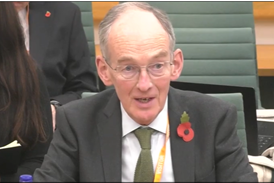










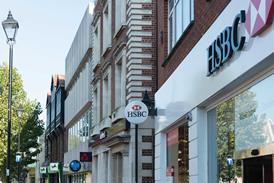





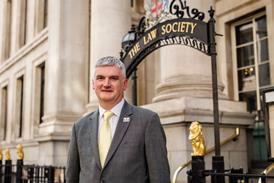
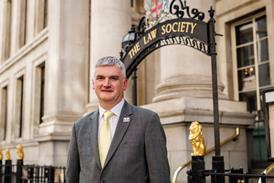



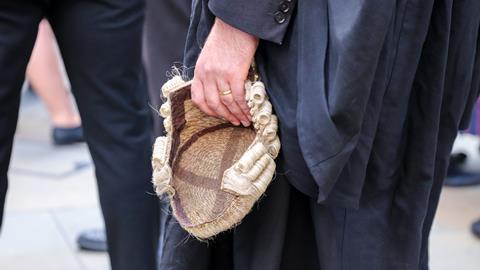








3 Readers' comments